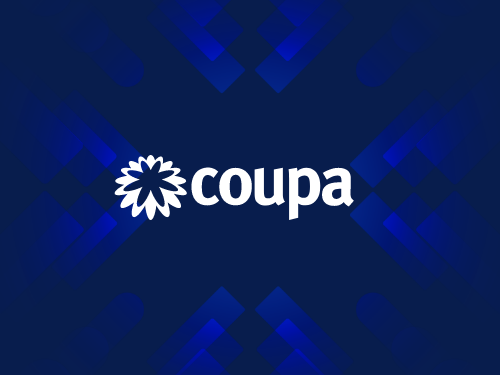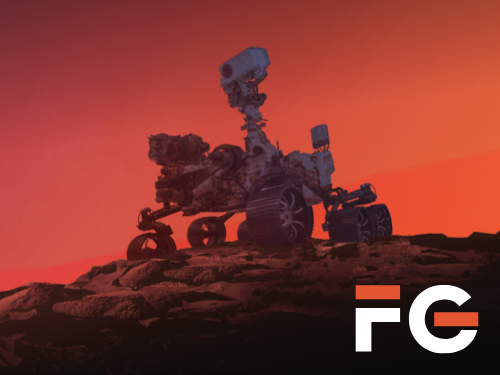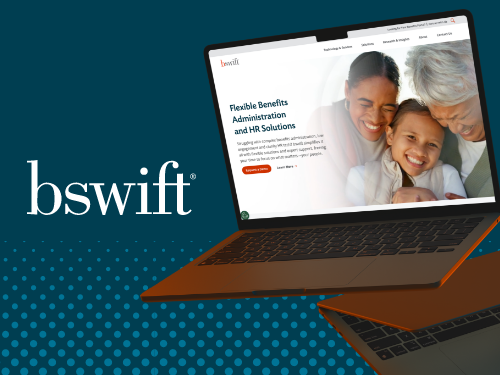Marketers have long relied on A/B testing to answer one of the most important questions in digital campaigns: What works best? Whether it’s a subject line, a landing page design, or an ad creative, traditional A/B testing provides valuable insights—but often at a cost. Tests take time, results aren’t always conclusive, and scaling experiments across multiple campaigns can stretch resources thin.
Enter AI-powered A/B testing. By predicting winning variations before full deployment and continuously learning from real-time interactions, AI is transforming the way marketers experiment—delivering smarter insights and faster results.
The Evolution of A/B Testing
Traditional A/B testing has been the backbone of data-driven marketing for decades. The process is straightforward: divide your audience, test two variations, and wait for enough traffic to determine a statistically significant winner.
But in fast-paced digital environments, waiting weeks for results isn’t always practical. Marketers face challenges such as:
- Long testing timelines that delay campaign optimization.
- Limited data when audience sizes are small.
- Risk of spending budget on underperforming variations before identifying a winner.
While effective, traditional A/B testing is reactive. AI brings a proactive, predictive edge.
How AI Is Transforming A/B Testing
Artificial intelligence adds speed and sophistication to the testing process by:
- Predictive Modeling: AI algorithms analyze historical data and user behavior to forecast which variations are most likely to perform best—before the test even begins.
- Real-Time Learning: Instead of waiting for large sample sizes, AI adapts continuously as results come in, reallocating traffic toward higher-performing options.
- Smarter Resource Allocation: By reducing wasted impressions and ad spend, AI ensures marketers get maximum impact from every test.
The result? Faster insights, greater efficiency, and higher confidence in campaign decisions.
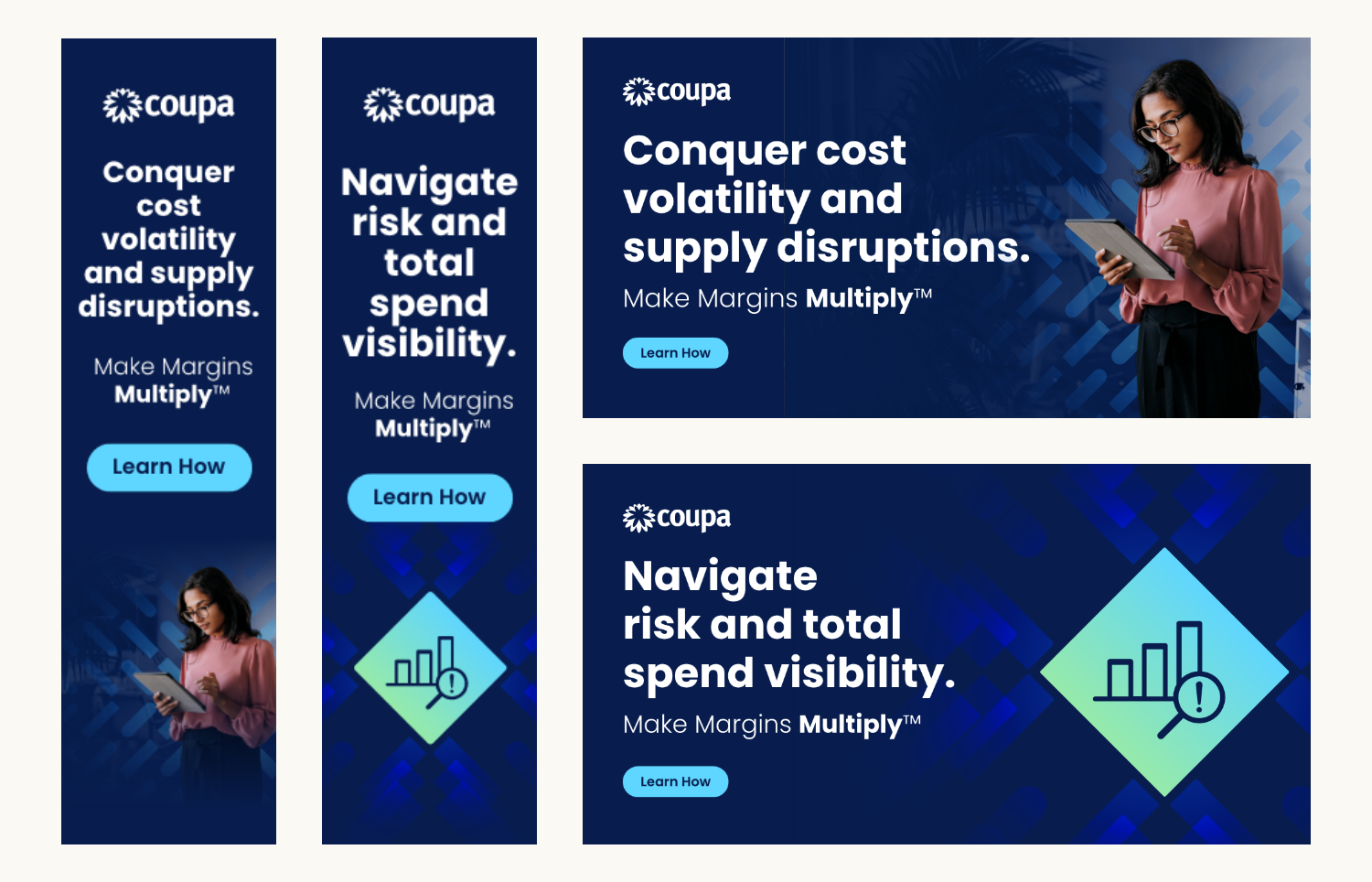
Practical Applications Across Channels
Smarter Email Campaigns
Email marketers know the struggle: testing subject lines, calls-to-action, and send times can take weeks. AI accelerates this by:
- Predicting subject line performance based on historical engagement patterns.
- Optimizing send times for each recipient to maximize open rates.
- Personalizing copy and content at scale for different audience segments.
Instead of waiting until after the campaign has run, marketers can deploy optimized emails from day one.
Website and UX Testing
AI goes beyond simple split tests by dynamically adjusting layouts and content in real time. For example:
- Testing multiple variations of headlines, hero images, or CTAs simultaneously.
- Reducing bounce rates by predicting which page elements keep users engaged.
- Delivering tailored user journeys that adapt to individual behavior.
This approach shifts website optimization from static experiments to continuous improvement.
Advertising Experiments
In paid media, wasted spend is the biggest risk of prolonged testing. AI mitigates this by:
- Rapidly identifying winning ad creatives and reallocating budget toward them.
- Testing multiple headlines, visuals, and audience combinations in parallel.
- Providing predictive insights to guide creative development before campaigns launch.
The outcome: higher ROI and less wasted spend on underperforming ads.

Benefits of AI-Powered Testing
Marketers adopting AI-powered A/B testing see clear advantages:
- Speed: Faster identification of winning variations means campaigns improve in real time.
- Efficiency: Lower costs by eliminating wasted spend on losing variations.
- Confidence: AI draws from larger datasets and complex models, making predictions more reliable than simple tests.
- Scalability: Test across multiple campaigns and channels without overwhelming internal teams.
Best Practices for Marketers Adopting AI Testing
While the potential is exciting, successful adoption requires a thoughtful approach:
- Select the right tools. Choose AI platforms that align with your campaign goals and integrate with existing systems.
- Ensure clean data inputs. AI models are only as strong as the data they’re fed—prioritize data hygiene.
- Balance automation with oversight. AI accelerates decision-making, but human judgment ensures brand voice and strategy remain consistent.
- Think holistically. AI testing should fit within a broader optimization strategy, not replace it entirely.
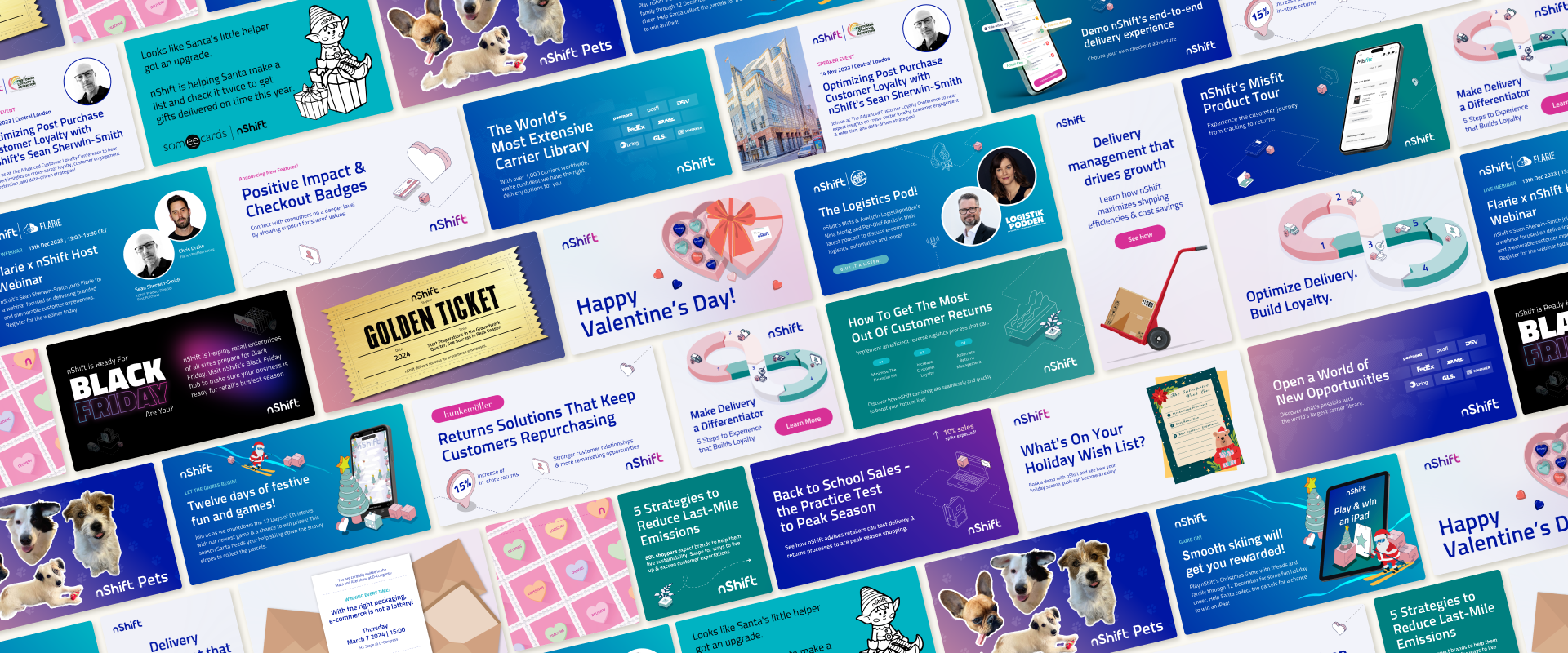
The Future of Experimentation in Marketing
AI-powered A/B testing is shifting experimentation from a slow, linear process into a dynamic, continuous cycle. Instead of simply measuring what worked yesterday, marketers can proactively shape what works tomorrow.
As AI tools evolve, testing will become less about “choosing the winner” and more about ongoing optimization—where campaigns constantly learn, adapt, and improve.
For marketers in competitive industries, that speed and agility may become the ultimate advantage.
Ready to bring AI into your testing strategy?
Partner with Bluetext to unlock faster, smarter results for your campaigns.
